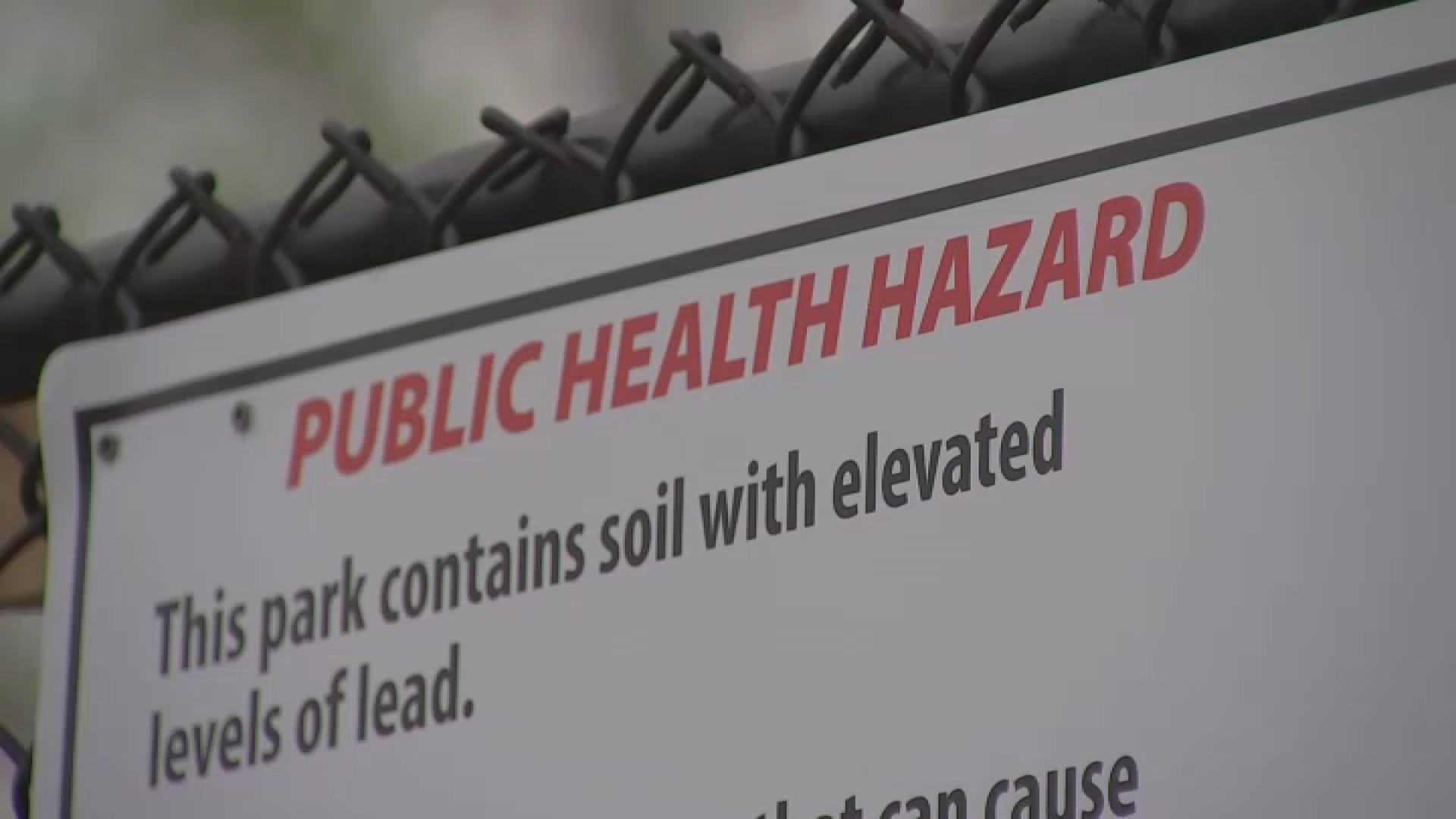Sarah Shaffer's son Mason was diagnosed with a blood disorder when he was just 7 months old.
Blood from an umbilical cord saved Mason, who now is 5 years old.
"We didn't have a match within our family. One person donated one cord and that's what saved his life," said Shaffer.
Because storing cord blood for individual use is very expensive, much of it is disposed of instead of saved. Stem cells in cord blood can be made widely available to patients in need of life-saving transplants. And that's why Mason's parents are launching a foundation in partnership with Temple University Hospital to start Philadelphia's first public cord blood donation program.
"When we got to the other side, and it was such a fortunate outcome, we made a commitment to make that opportunity possible for as much people as possible," Shaffer said.
"After a baby's birth, and after the cord is clamped and cut, the blood remaining in a portion of the umbilical cord and the placenta is collected with no risk to baby or mother," explained Dr. Dimitrios Mastrogiannis, Temple University Hospital's director of obstetrics and maternal fetal medicine. "This cord blood is a rich source of stem cells which can be used to treat leukemia, lymphoma, sickle cell anemia, and about 70 other cancers and diseases."
But there is an acute national shortage of cord-blood matches for non-white patients, Mastrogiannis said.
"So we hope that these mothers will donate the blood, their cord blood, so we'll increase the pool of under-represented minorities in the program," he said.
About 65 percent of babies delivered at Temple University Hospital are African-American and 30 percent are Hispanic.
Local
Breaking news and the stories that matter to your neighborhood.
This story is reported through a newsgathering partnership between NBC10.com and NewsWorks.org.



